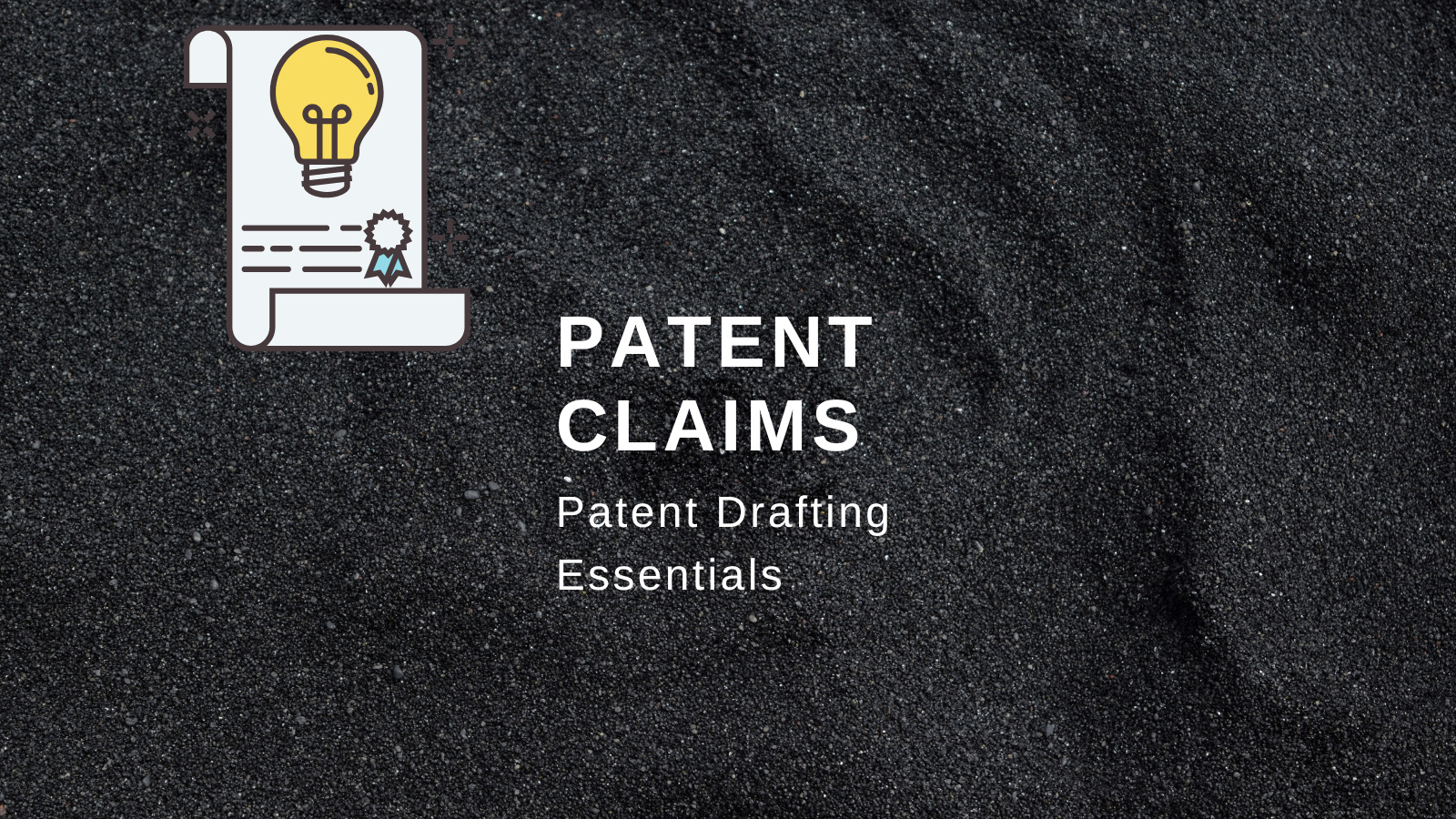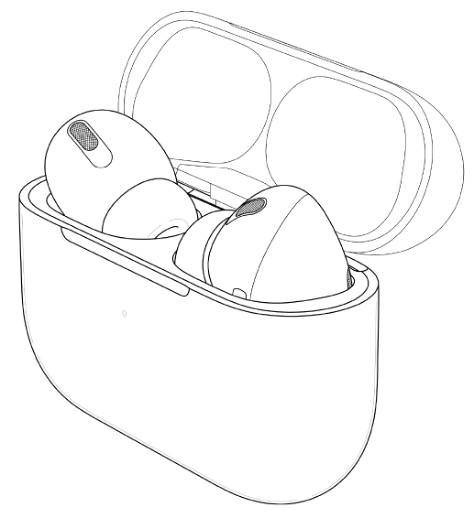Author: Harish Naidu

Interpretation of Section 3(i) of the Indian Patent Act, 1970 in the Context of Non-Invasive Prenatal Testing
Introduction The advent of Non-Invasive Prenatal Testing (NIPT) has revolutionized prenatal diagnostics, enabling expectant parents to assess the genetic health of the fetus without invasive procedures. However, the eligibility of such diagnostic methods for patent protection, especially in light of Section 3(i) of the Indian Patent Act, 1970 (as amended) has been a subject of considerable legal debate. This article provides a detailed exploration of the Hon’ble Madras High Court’s judgment in the matter of The Chinese University of Hong Kong Knowledge Transfer Office and Sequenom, Inc vs The Assistant Controller of Patents & Designs[1], shedding light on the technical and legal aspects that guided the court’s decision-making process. Non-Invasive Prenatal Testing (NIPT) Non-Invasive Prenatal Testing (NIPT) involves analyzing cell-free fetal DNA present in the maternal bloodstream to detect genetic abnormalities in the fetus. Unlike traditional prenatal testing methods that carry inherent risks, NIPT offers a safer and more accurate…

Patent Publications vs Scientific Journal Publications: Understanding the Key Differences
Patent publications and scientific journal publications are two types of documents used to disseminate information about new inventions and scientific discoveries. While both publications serve a similar purpose of sharing knowledge, there are several differences between them in terms of their audience, format, and legal status. In this article, we will explore the differences between patent publications and scientific journal publications. Patent Publications A patent is a legal document that grants an inventor the exclusive right to manufacture, use, or sell an invention for a limited period. Patent publications are documents that describe an invention and its related claims. They are filed with the relevant patent office and published in a publicly accessible database. The purpose of patent publications is to provide a detailed description of an invention and its intended use, enabling the public to understand how the invention works and how it differs from existing technology. Audience The…

What is the distinctiveness of a trademark?
A trademark is a symbol, word, or phrase that identifies and distinguishes a company’s products or services from those of other businesses. One of the most important aspects of coining a strong trademark is its distinctiveness. A distinctive trademark can help a business stand out in a crowded marketplace and create a strong brand identity. In this article, we will discuss the importance of distinctiveness in a trademark and how to achieve it. Distinctiveness refers to the ability of a trademark to stand out and be easily recognizable. A distinctive trademark is one that is unique and easily distinguishable from other trademarks in the same industry. It is important to ensure that a trademark is distinctive to prevent confusion among customers and to establish a strong brand identity. There are four levels of distinctiveness for trademarks: Arbitrary or Fanciful Trademarks: Arbitrary or fanciful trademarks are the most distinctive and unique.…

What are Patent Claims and Why Should You Get It Right?
A patent claim sets the boundaries for an invention by highlighting what the invention covers and does not cover. In simple terms, the patent claims define the subject matter (i.e., product or process) for which patent protection is being sought and the rest of the patent specification including any drawings explains the technical details of the invention in detail. Basically, the protection by way of patent grant is given for the claims and not any other part of the complete specifications. Having mentioned that, one cannot simply state statements about the inventions as claims nor one should interpret the term ‘Patent Claim’ to mean as describing what the invention achieves in a broad sense. The Patent Law in general across all jurisdictions require the patent claims to be recite specific technical features of the invention in a techno legal language. One of the main reasons for this strict requirement is…

Patent Fees in India
As an inventor, one of the main factors which you would consider before deciding to file a patent is the costs associated with the patent filing for your invention. Generally, there are two types of costs involved, one is a professional fee which is paid to a patent agent or a patent attorney for availing any of the services such as conducting a novelty search, drafting the patent specification, and carrying out any other action in front of the Indian Patent Office on behalf of you. The cost incurred on account of the professional fee may vary greatly depending on the rates charged by a firm or a patent agent. The official fee on the other hand is pre-determined and varies mainly based on the type of applicants. For instance, one set of official fees is applicable to individuals, startups, small entities, and educational institutions, and another set of fees…

Interpretation of Section 3(i) of the Indian Patent Act, 1970 in the Context of Non-Invasive Prenatal Testing
Introduction The advent of Non-Invasive Prenatal Testing (NIPT) has revolutionized…

Branded Medicines vs. Generic Medicines: The Role of Patents
In the pharmaceutical industry, the distinction between branded and generic…

Utility Patents vs Design Patents (Industrial Designs)
While the definition of Patent merely covers…
Categories
Recent Discussions
Interpretation of Section 3(i) of the Indian Patent Act, 1970 in the Context of Non-Invasive Prenatal Testing
Introduction The advent of Non-Invasive Prenatal Testing (NIPT) has revolutionized prenatal diagnostics, enabling expectant parents to assess the genetic health of the fetus…
Recent Discussions
Branded Medicines vs. Generic Medicines: The Role of Patents
In the pharmaceutical industry, the distinction between branded and generic medicines is an essential one. Understanding this distinction is crucial not just for…
